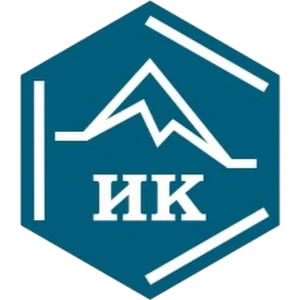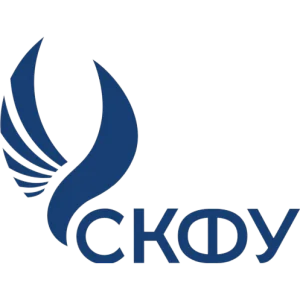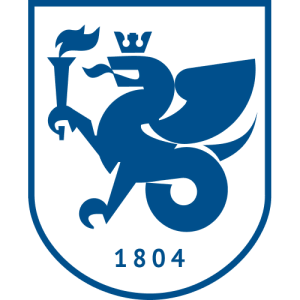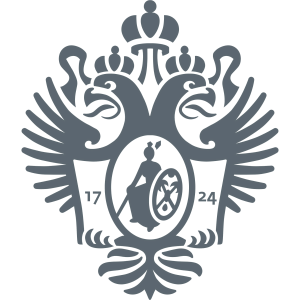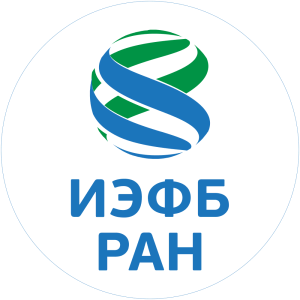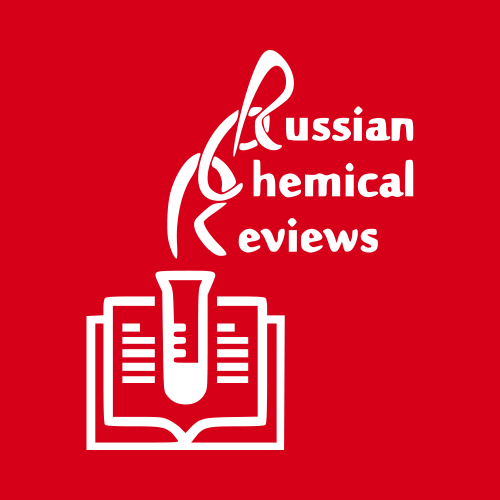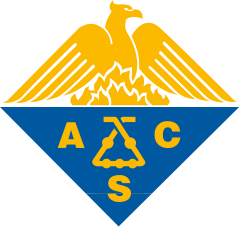Mechanism-Driven Development of N-(Quinolin-8-yl)-benzamide Coupling Reactions via C–H or N–H Activation
Egor L. Dolengovski
1
,
E L Dolengovski
1
,
Tatyana V. Gryaznova
1
,
Yulia B Dudkina
1
,
Daut R. Islamov
2
,
R. А. Fayzullin
1
,
Oleg G. Sinyashin
1
,
Oleg Sinyashin
1
,
Publication type: Journal Article
Publication date: 2023-04-20
scimago Q2
wos Q1
SJR: 0.676
CiteScore: 5.1
Impact factor: 2.9
ISSN: 02767333, 15206041
Organic Chemistry
Inorganic Chemistry
Physical and Theoretical Chemistry
Abstract
The mechanistic details of the oxidative coupling of compounds with a number of different redox centers are investigated using N-(quinolin-8-yl)-benzamide (L) as a model substrate. The control of the chemical or electrooxidation parameters in the absence or presence of a cobalt catalyst makes it possible to obtain regioselectively different oxidative coupling products (ortho- vs para-C–H/C–H vs C–H/N–H vs N–H/N–H). The results indicate that the operative mechanism depends on the type of oxidized reaction center and the oxidant nature. Oxidation affects the para-C–H bond in quinoline or the N–H fragment or the ortho-C–H bond in the benzene substituent in the molecule. The intermediate Co(II)[L–H]2 complex and C–H-activated CoIII metallacycle with benzamide ligands, which are shown to oxidize at close potentials, have been isolated and characterized by various techniques, including X-ray diffraction and voltammetry. The strength of the oxidizing agent affects the formation of a particular product, though not acting as the determining factor. Two-electron oxidation of Co(II)[L–H]2 yields to C–N coupling, but one-electron oxidation of Co(III) leads to ortho-C–C coupling. All electrochemical reactions are performed under mild conditions at room temperature without adding special reagents (oxidants, halides, phosphines, etc.).
Found
Nothing found, try to update filter.
Found
Nothing found, try to update filter.
Top-30
Journals
|
1
|
|
|
Green Chemistry
1 publication, 14.29%
|
|
|
Russian Chemical Reviews
1 publication, 14.29%
|
|
|
Organometallics
1 publication, 14.29%
|
|
|
Angewandte Chemie - International Edition
1 publication, 14.29%
|
|
|
Angewandte Chemie
1 publication, 14.29%
|
|
|
Journal of the American Chemical Society
1 publication, 14.29%
|
|
|
Chemical Record
1 publication, 14.29%
|
|
|
1
|
Publishers
|
1
2
3
|
|
|
Wiley
3 publications, 42.86%
|
|
|
American Chemical Society (ACS)
2 publications, 28.57%
|
|
|
Royal Society of Chemistry (RSC)
1 publication, 14.29%
|
|
|
Autonomous Non-profit Organization Editorial Board of the journal Uspekhi Khimii
1 publication, 14.29%
|
|
|
1
2
3
|
- We do not take into account publications without a DOI.
- Statistics recalculated weekly.
Are you a researcher?
Create a profile to get free access to personal recommendations for colleagues and new articles.
Metrics
7
Total citations:
7
Citations from 2024:
6
(85.71%)
Cite this
GOST |
RIS |
BibTex |
MLA
Cite this
GOST
Copy
Dolengovski E. L. et al. Mechanism-Driven Development of N-(Quinolin-8-yl)-benzamide Coupling Reactions via C–H or N–H Activation // Organometallics. 2023. Vol. 42. No. 18. pp. 2568-2576.
GOST all authors (up to 50)
Copy
Dolengovski E. L., Dolengovski E. L., Gryaznova T. V., Dudkina Y. B., R. Islamov D., Fayzullin R. А., Sinyashin O. G., Sinyashin O., Budnikova Y. H. Mechanism-Driven Development of N-(Quinolin-8-yl)-benzamide Coupling Reactions via C–H or N–H Activation // Organometallics. 2023. Vol. 42. No. 18. pp. 2568-2576.
Cite this
RIS
Copy
TY - JOUR
DO - 10.1021/acs.organomet.2c00654
UR - https://pubs.acs.org/doi/10.1021/acs.organomet.2c00654
TI - Mechanism-Driven Development of N-(Quinolin-8-yl)-benzamide Coupling Reactions via C–H or N–H Activation
T2 - Organometallics
AU - Dolengovski, Egor L.
AU - Dolengovski, E L
AU - Gryaznova, Tatyana V.
AU - Dudkina, Yulia B
AU - R. Islamov, Daut
AU - Fayzullin, R. А.
AU - Sinyashin, Oleg G.
AU - Sinyashin, Oleg
AU - Budnikova, Yulia H.
PY - 2023
DA - 2023/04/20
PB - American Chemical Society (ACS)
SP - 2568-2576
IS - 18
VL - 42
SN - 0276-7333
SN - 1520-6041
ER -
Cite this
BibTex (up to 50 authors)
Copy
@article{2023_Dolengovski,
author = {Egor L. Dolengovski and E L Dolengovski and Tatyana V. Gryaznova and Yulia B Dudkina and Daut R. Islamov and R. А. Fayzullin and Oleg G. Sinyashin and Oleg Sinyashin and Yulia H. Budnikova},
title = {Mechanism-Driven Development of N-(Quinolin-8-yl)-benzamide Coupling Reactions via C–H or N–H Activation},
journal = {Organometallics},
year = {2023},
volume = {42},
publisher = {American Chemical Society (ACS)},
month = {apr},
url = {https://pubs.acs.org/doi/10.1021/acs.organomet.2c00654},
number = {18},
pages = {2568--2576},
doi = {10.1021/acs.organomet.2c00654}
}
Cite this
MLA
Copy
Dolengovski, Egor L., et al. “Mechanism-Driven Development of N-(Quinolin-8-yl)-benzamide Coupling Reactions via C–H or N–H Activation.” Organometallics, vol. 42, no. 18, Apr. 2023, pp. 2568-2576. https://pubs.acs.org/doi/10.1021/acs.organomet.2c00654.







